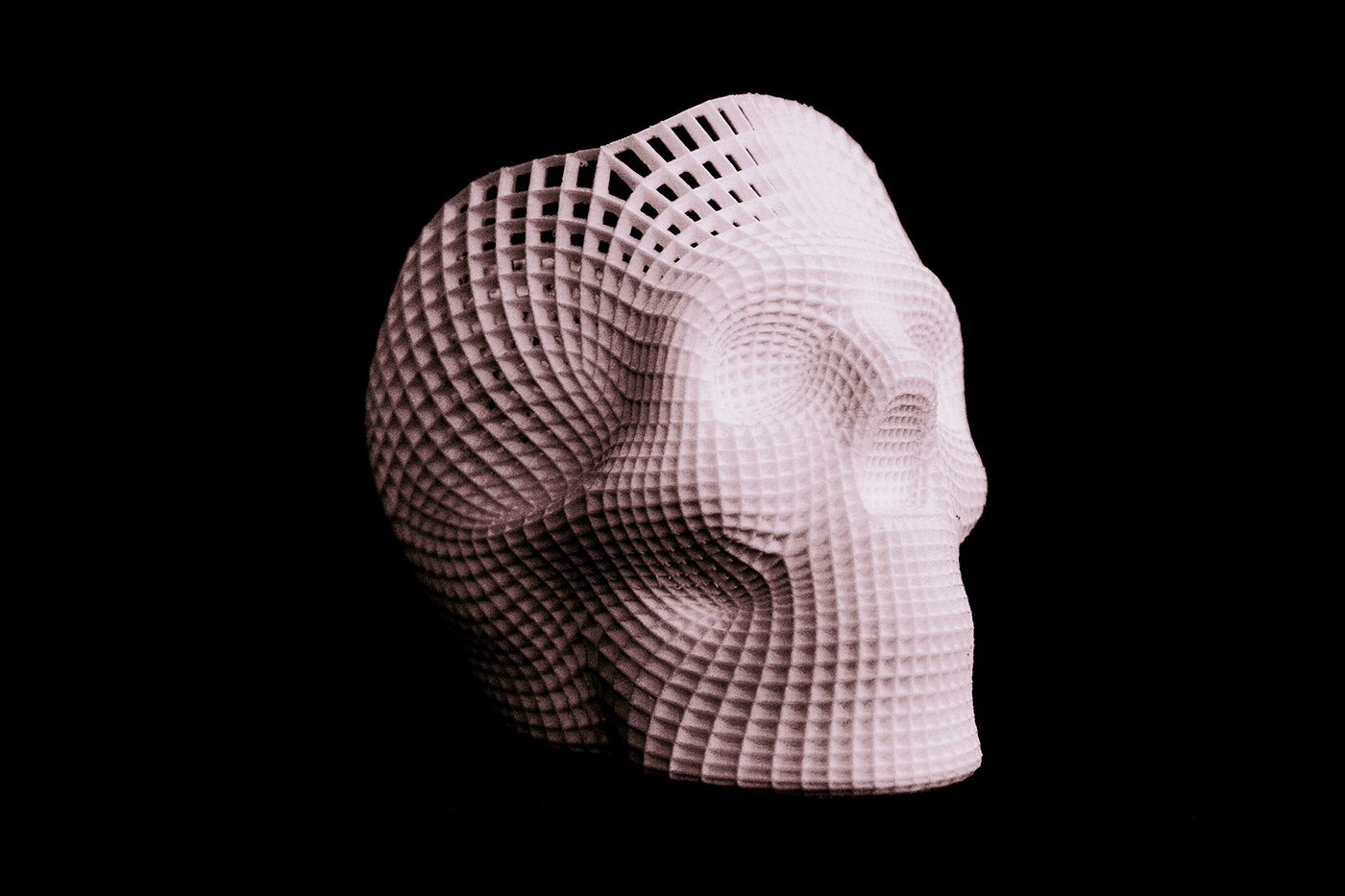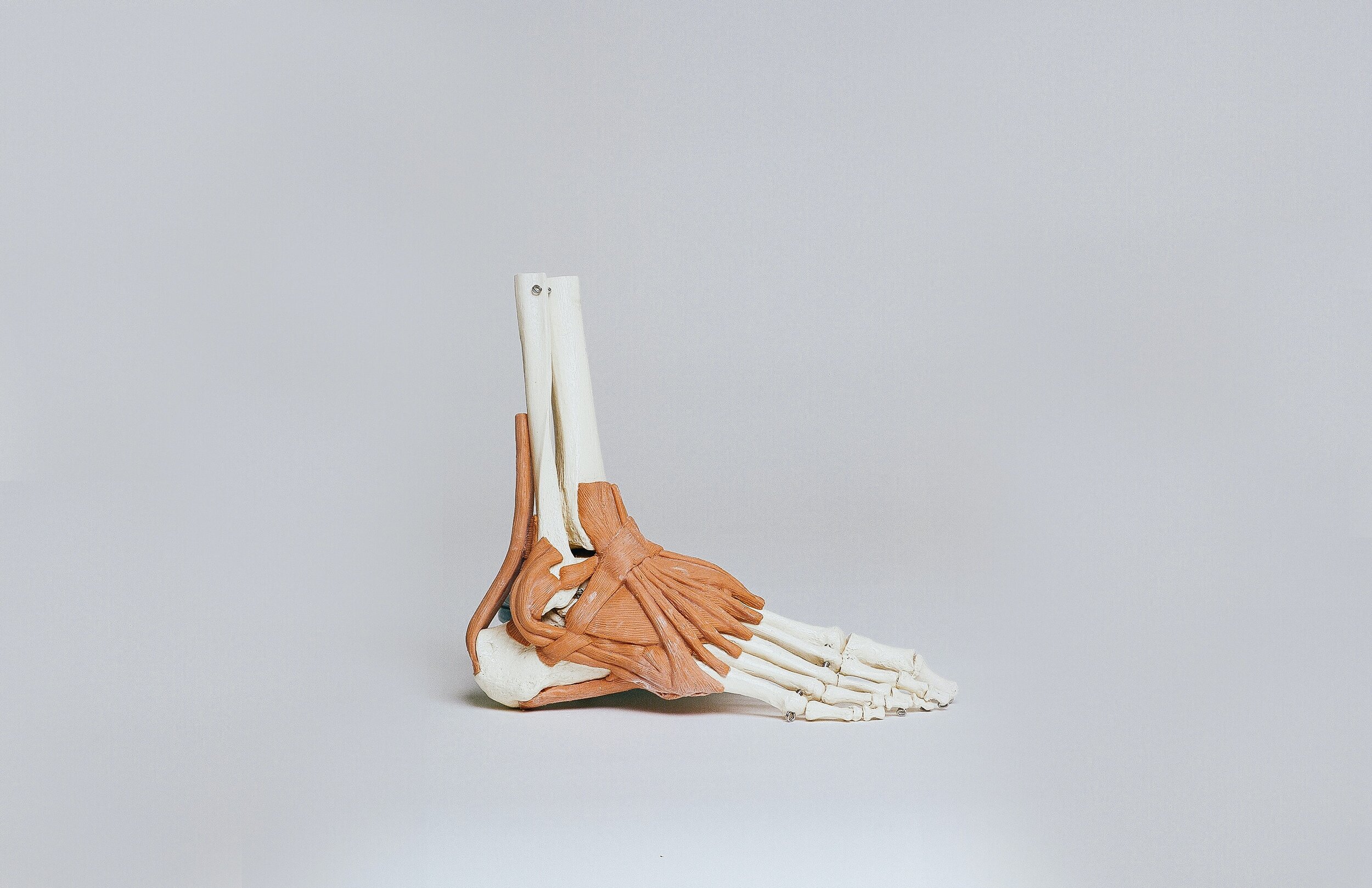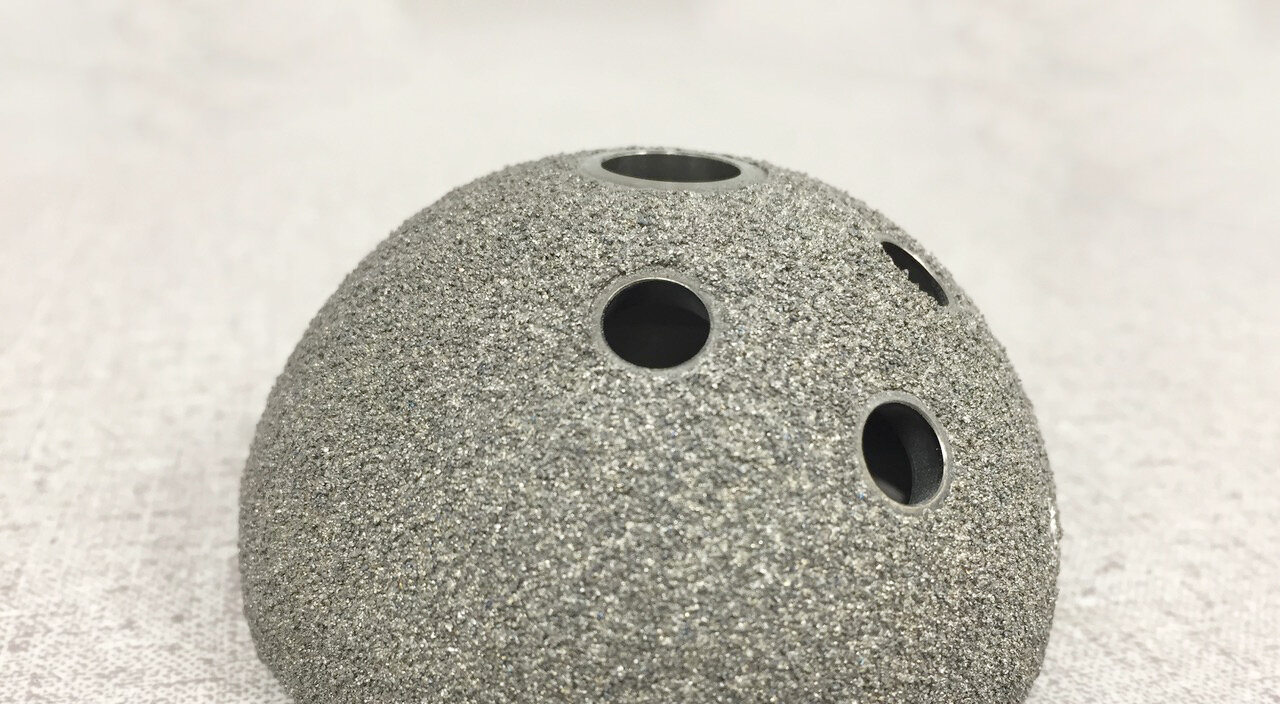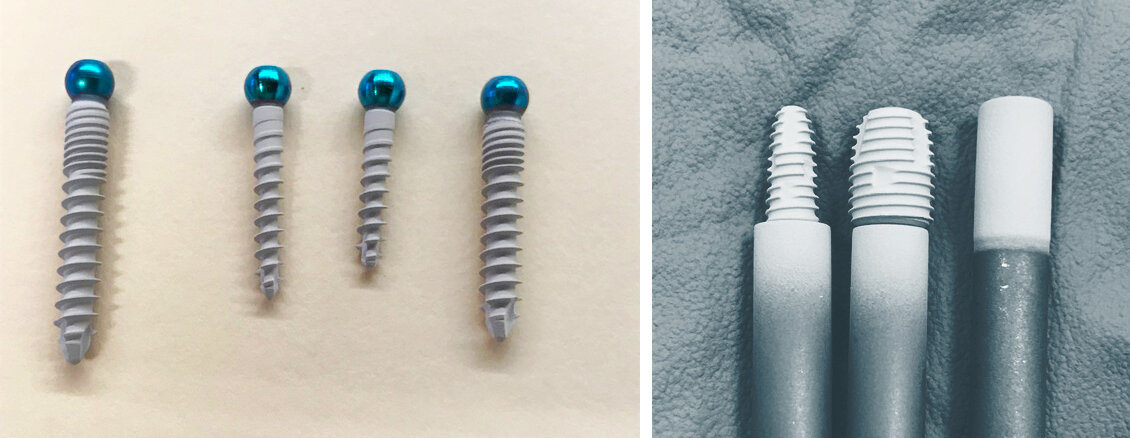
On the Path Towards 3D Printing Directly in the Body
Researchers at the University of New South Wales in Sydney have created a novel ink for 3D printing—one with major advantages for doctors and patients. The idea of 3D printing implants using biocompatible materials is not new. Here at Himed, we’ve been working to improve biocompatible calcium phosphate scaffolding agents for ten years, both to help patients today and in preparation for on-demand implant printing.

Answering the Calls: 30 Years of Himed History
As President of Himed, Ed Garofalo oversees a business that’s now a leading global provider of cutting-edge biomaterials and surface treatments for the dental and orthopedic industries. Yet thirty years ago, if you went looking for Ed, you’d find him working with metal coatings for engine turbines at a family-owned business in New York called Hitemco.
Of course, engine turbine parts and a hip implant don’t have much in common on paper, but it’s safe to say that the finish on both had better be unquestionably precise before they’re put to use.

The Unsung Transverse Arch: The Previously Hidden Key to Human Bipedalism
Watching any four-legged animal run may cause you to wonder whether four legs are more advantageous than our two. Many four-legged animals can far outpace two-legged humans in a sprint—horses, dogs, or of course the world’s fastest animal, the cheetah (who have their medium-sized build to thank for their superior speed). Of course, with a top speed of 27 mph, we’re faster than some quadrupeds, like the elephant (who can reach speeds of 15 mph).
But if we wanted to run, say, 40 miles per hour, we might need another set of legs. Yet few people would give up their bipedal abilities; after all, it’s part of what makes us human and sets us apart from the rest of the animal kingdom.

Hipper than Ever: Advancing Technologies Make Hip Replacements Viable for a Younger Population
When you picture a typical hip replacement candidate, you likely think of someone aged 60 or 70, not 40 or 50. Up until recently, that assessment was in line with reality. The main reason older adults have been more likely to receive a hip replacement is fairly obvious: as people age, their joints are more likely to degenerate to the point where surgery is required.

A Basic Guide to Key Benefits of Hydroxyapatite Coatings for Orthopedic and Dental Implants
It is not uncommon to encounter the term hydroxyapatite (or its abbreviations, HA or HAp) when reviewing information about dental or orthopedic implants. This short primer offers a basic overview of why HA coatings have become a much sought after surface treatment by medical device manufacturers seeking to optimize their implant designs.
